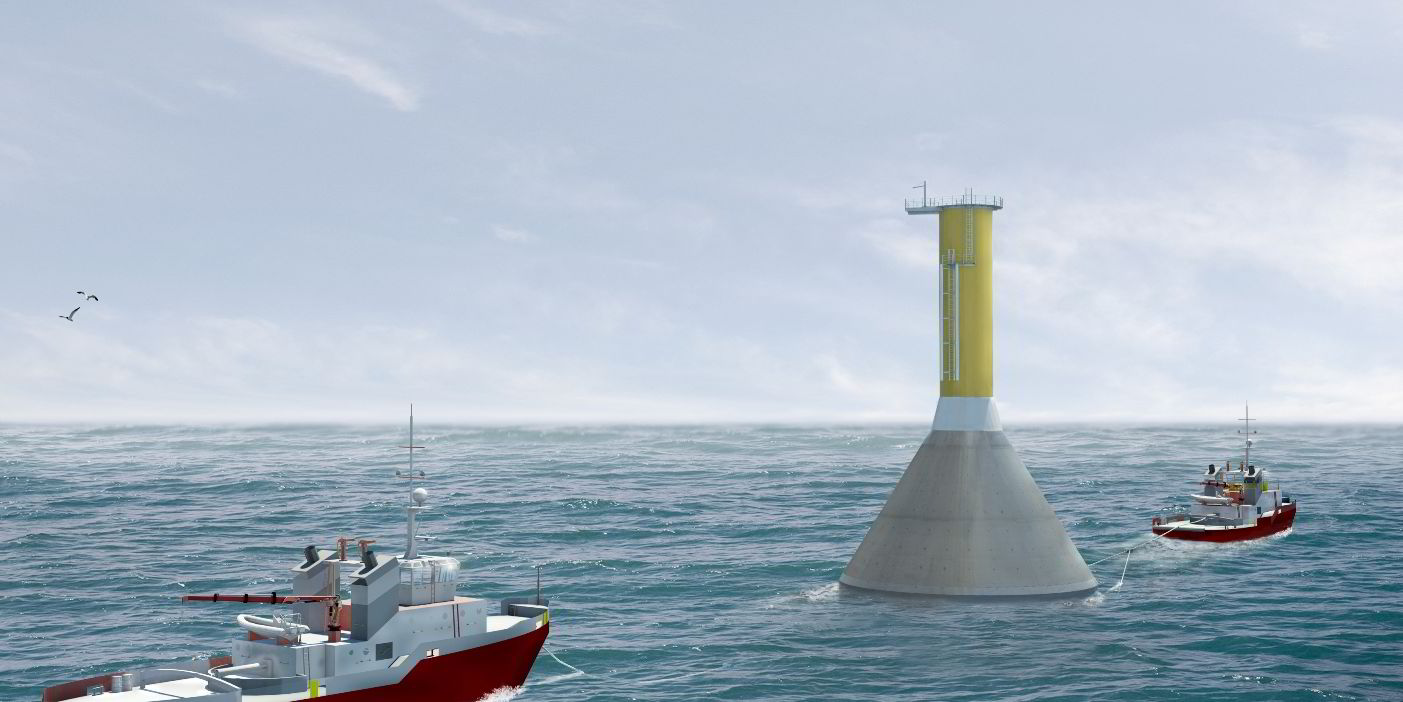The flask-shaped, floatable concrete structures – derived from designs used for decades in the offshore oil and gas industry – would have an “advantage over other solutions in the harsh marine conditions of the deeper waters [due to their] robustness and minimum maintenance”, according to the report.
CGBSs – which are floated out to location and lowered to the seabed using a system of in-built ballast and buoyancy chambers – were also found likely to cause less seabed disturbance during installation on far-offshore Round 3 sites than traditional monopiles and three- and four-legged steel jackets, which can cause “significant noise and vibration impact” to the marine environment when they are piled in to the sea-floor.
“The
